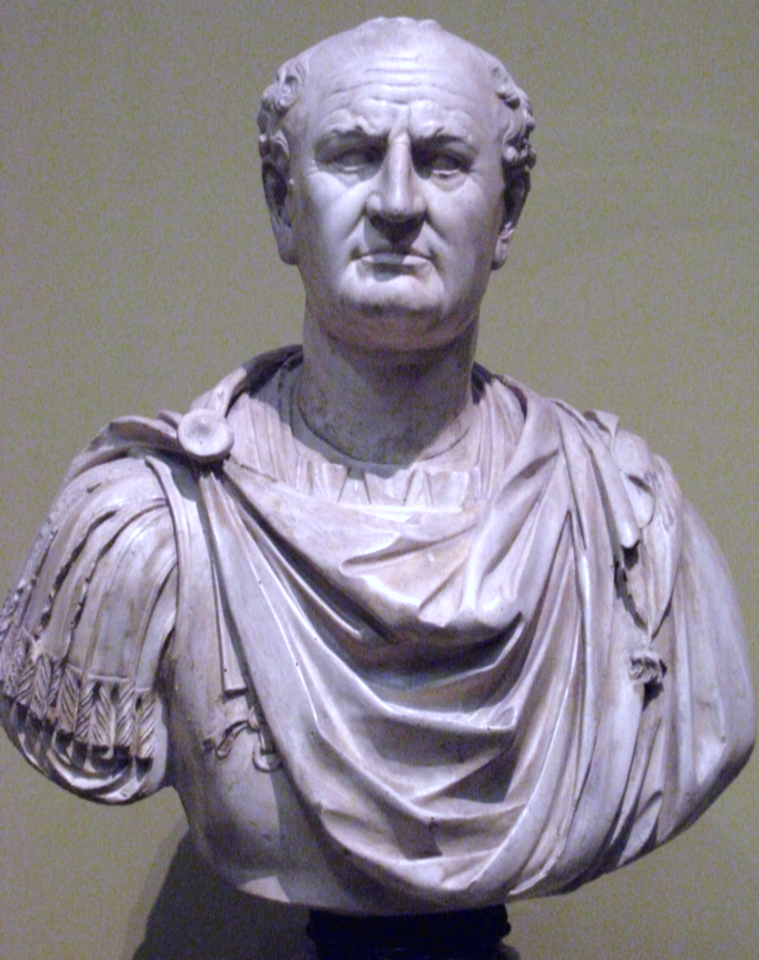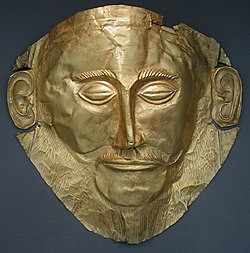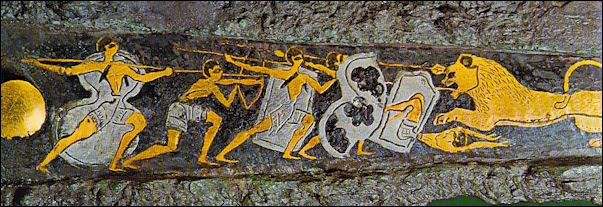MOESAN
Elite member
- Messages
- 5,911
- Reaction score
- 1,311
- Points
- 113
- Location
- Brittany
- Ethnic group
- more celtic
- Y-DNA haplogroup
- R1b - L21/S145*
- mtDNA haplogroup
- H3c
No offense, but I'm lost when it comes to that pca. Shouldn't Greeks plot with other southern europeans? Why are they closer to Finns than they are to every other European group? Normally they would plot with Italians.
I defend physical anthopology usefulness - but me too I don't rely too much upon this PCA of BRACE and of others; PCA's (mixing a lot of features to help to put into only 2 dimensions) show something in differences, very less in convergences.













.jpg)








